Discovering Pejeng Rice Fields
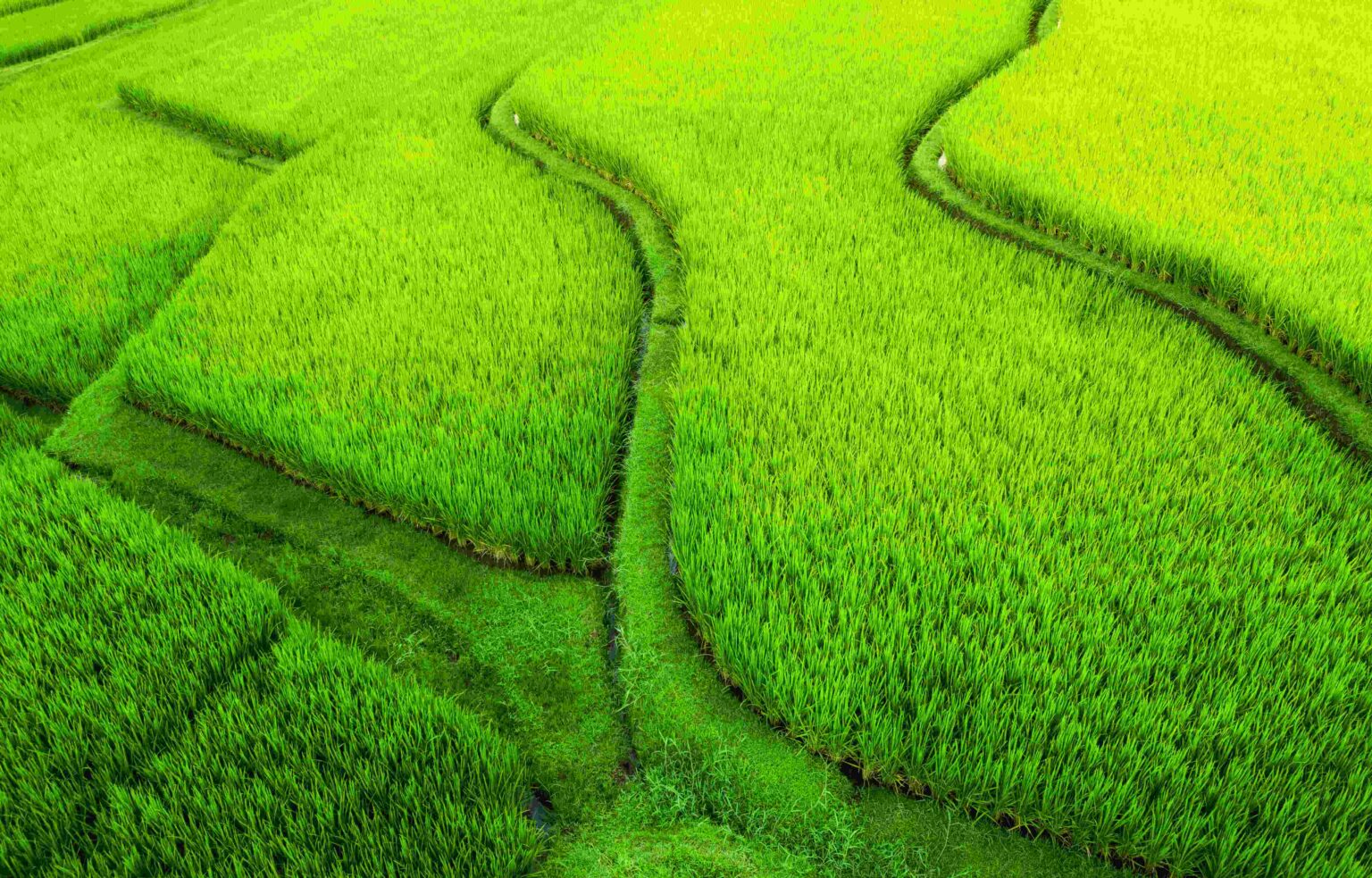
Discovering Pejeng Rice Fields. Nestled in the serene outskirts of Ubud, the Pejeng Rice Fields offer a tranquil escape from Bali’s bustling tourist hubs. Unlike the heavily frequented Tegalalang Rice Terraces, Pejeng provides a quieter, more intimate experience, showcasing the island’s lush green landscapes, traditional farming methods, and timeless beauty.
Whether you’re seeking a peaceful retreat, a chance to connect with Balinese culture, or stunning natural vistas, Pejeng Rice Fields have something special to offer.
Where Are Pejeng Rice Fields Located?
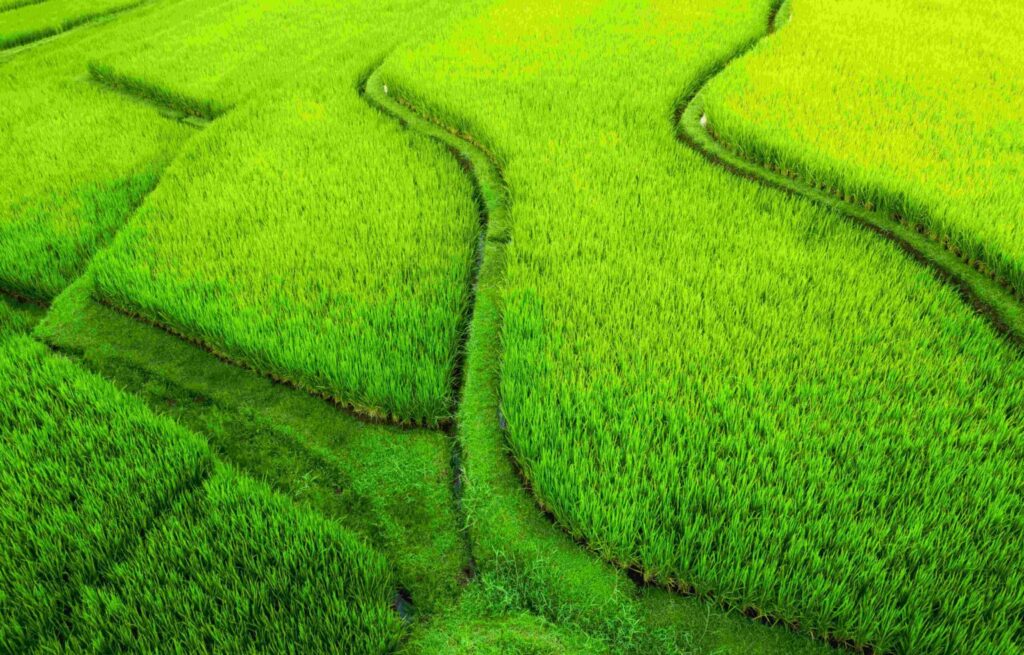
Pejeng is a small village situated in Gianyar Regency, just a short 15-minute drive northeast of Ubud. This proximity makes it an ideal destination for travelers who want to experience authentic Bali without venturing too far from Ubud’s conveniences.
The rice fields in Pejeng are spread across gently rolling hills and valleys, framed by coconut trees and dotted with traditional Balinese homes. The area is easily accessible by scooter or car, and its peaceful ambiance provides a stark contrast to the more commercialized attractions nearby.
What Makes Pejeng Rice Fields Unique?
- Tranquility and Serenity
- Pejeng Rice Fields are far less crowded than Tegalalang or Jatiluwih, offering visitors a chance to explore at their own pace.
- The serene environment is perfect for those seeking relaxation, meditation, or a quiet stroll.
- Cultural Immersion
- The fields are actively farmed by local villagers, providing a glimpse into traditional Balinese agriculture.
- You can observe or even participate in farming activities, such as planting or harvesting rice, depending on the season.
- Historical Significance
- Pejeng is home to the Moon of Pejeng, the largest single-cast bronze drum in the world, housed in the Pura Penataran Sasih temple.
- This historical artifact adds a layer of cultural depth to your visit.
- Unspoiled Beauty
- The rice fields here are maintained using Bali’s centuries-old Subak irrigation system, which emphasizes harmony between humans, nature, and spirituality.
- The absence of commercial development ensures that the natural beauty remains intact.
Things to Do at Pejeng Rice Fields
- Explore the Rice Fields on Foot
- Wander along the narrow paths that wind through the terraces for an up-close look at the fields.
- The pathways are easy to navigate and allow you to fully immerse yourself in the landscape.
- Capture Stunning Photos
- The lush greenery, reflective water in the paddies, and the occasional sight of Mount Agung in the distance make Pejeng a photographer’s dream.
- Visit during sunrise or sunset for the best lighting.
- Visit Local Temples
- Pura Penataran Sasih: This ancient temple is a must-visit for its cultural and historical significance.
- Smaller temples in the area often serve as spiritual focal points for the farming communities.
- Interact with Local Farmers
- Friendly villagers are often open to sharing stories about their lives and traditions.
- Guided tours with locals can provide deeper insights into the rice-growing process and the Subak system.
- Enjoy Cycling or E-Biking
- Rent a bicycle or e-bike to explore the rice fields and surrounding villages.
- The gentle terrain and scenic routes make Pejeng a fantastic destination for cycling enthusiasts.
- Relax in a Warung or Café
- Several small warungs (local eateries) and cafés around Pejeng offer authentic Balinese cuisine and refreshments.
- Savor a cup of Balinese coffee or fresh coconut water while soaking in the views.
When to Visit Pejeng Rice Fields
The beauty of Pejeng changes with the seasons, making it a year-round destination. Here’s what to expect:
- Planting Season (December–February): Vibrant green fields as farmers sow new crops.
- Growing Season (March–May): The paddies are lush and full, creating postcard-perfect scenery.
- Harvest Season (June–August): Golden fields ready for harvest, offering a different but equally stunning view.
For the best experience, visit early in the morning or late in the afternoon when the temperatures are cooler, and the light is perfect for photography.
Facilities and Nearby Attractions
While Pejeng remains largely untouched by commercialization, there are a few facilities and attractions nearby:
- Local Warungs
- These small eateries serve traditional Balinese dishes like Nasi Campur and Soto Ayam.
- Cafés and Yoga Retreats
- Ubud’s wellness culture has influenced the Pejeng area, with a few yoga retreats and healthy cafés popping up.
- Nearby Attractions
- Goa Gajah (Elephant Cave): A historical and spiritual site just a short drive away.
- Tegallalang Rice Terraces: Combine your visit to Pejeng with a trip to these famous terraces.
- Ubud Art Market: Perfect for shopping for handicrafts and souvenirs.
Tips for Visiting Pejeng Rice Fields
- Wear Comfortable Shoes
- The pathways can be uneven, especially after rain, so sturdy footwear is recommended.
- Respect the Local Culture
- The rice fields are working farms and spiritual spaces. Avoid stepping on crops or littering.
- Hire a Local Guide
- A guide can help you navigate the area and provide valuable insights into Balinese farming traditions.
- Bring Sun Protection
- Hats, sunscreen, and water are essential, especially during midday visits.
- Capture the Moments
- Bring a good camera or smartphone to capture the stunning landscapes.
Why Pejeng Rice Fields Should Be on Your Bali Itinerary
Pejeng Rice Fields offer a unique blend of natural beauty, cultural immersion, and tranquility that’s hard to find in Bali’s more touristy locations. Whether you’re a nature lover, a culture enthusiast, or simply seeking a peaceful escape, Pejeng has something to offer.
From the intricate Subak irrigation system to the warm hospitality of local farmers, every aspect of Pejeng tells a story of Bali’s rich heritage. A visit here is not just about admiring the scenery but also about connecting with the island’s soul.
So next time you’re in Ubud, take a short detour to Pejeng and discover one of Bali’s hidden treasures. 🌾


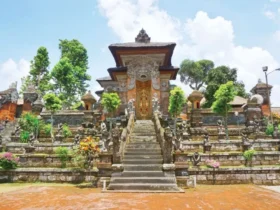
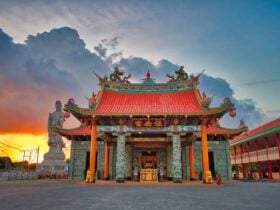
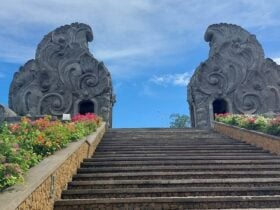
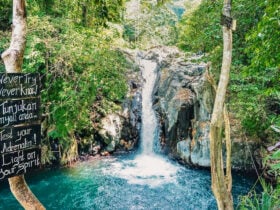
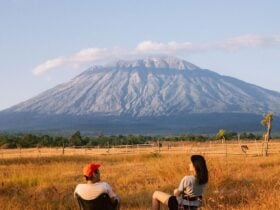


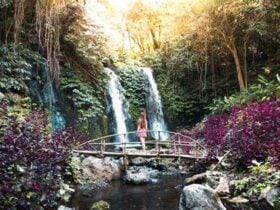
Leave a Review